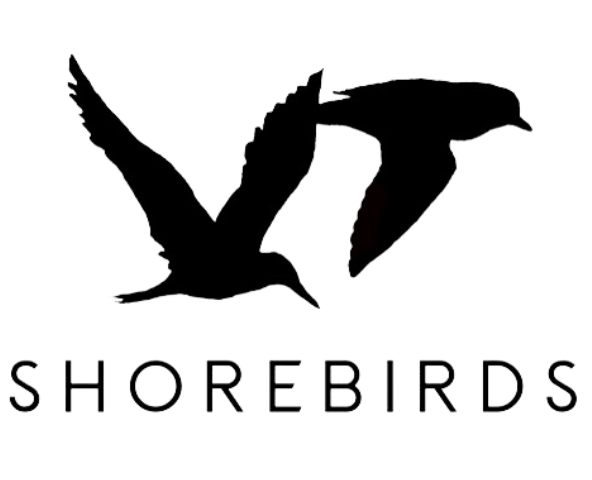Berinigia
The spoon billed sandpiper is one of the world’s most iconic and endangered shorebirds. Photo: Iosif Kaurov
International resources
Tundra regions within the Arctic provide critical nesting areas for many of the world’s shorebirds. Indeed, about 20% of the species and 30% of the individual shorebirds in the world breed in the Arctic . The Beringia region of the Arctic and Subarctic is home to a disproportionate number of individuals and diversity of shorebirds throughout the world. The Alaskan Arctic is particularly important with nearly one-half (49%) of the shorebirds breeding in North America traveling to northern Alaska to breed.
Unfortunately, many shorebirds throughout the world are declining , with shorebirds migrating along the East Asian-Australasian Flyway (EAAF) perhaps declining at the highest rates. Shorebirds face intense pressure from habitat loss and degradation, human disturbance, illegal and unsustainable legal harvest, increasing predator numbers, disease, and contaminants throughout their annual cycle. Even within the relatively “pristine” Arctic, shorebirds face increasing resource development, pollution, and other changes in habitat and the timing of life cycle events.
Increasingly, federal, state and private organizations have recognized that shorebirds, as well as other waterbirds, represent a shared international resourceworth conserving. This realization has led to several international agreements and designationsthat seek to conserve, and where possible manage human impacts on, shorebirds throughout their annual cycles. Our ability to manage these species currently is limited by a lack of sufficiently detailed, scientifically rigorous, and spatially comprehensive population assessments. Although broadly true, two shorebirds where this is particularly problematic are the Spoon-billed Sandpiper (Calidris pygmaea) and the Red Knot (Calidris canutus roselaari). These two populations breed only in Beringia and their critical conservation status reflects potential issues present in their respective flyways.
This project seeks to improve the conservation of two iconic Beringia shorebird species by better understanding the distribution and factors limiting their populations. Specific objectives include:
Conducting surveys at potentially important breeding sites to assess the presence and number of SBS and threats present at each site.
Collecting demographic information on Red Knot adult survival and brood survival on the breeding grounds in Alaska for existing collaborative projects.
Determining how food supply and environmental conditions affect growth and survival of Red Knot chicks.
Sharing information gained during these activities to inform and engage the general populace about the plight of these species and improve existing conservation measures underway by species specialist groups focused on these species.
Project biologists will seek out and incorporate local knowledge of the indigenous people regarding past and present observations of the SBS and Red Knot in the Beringia region. The project results and information sharing efforts will advance local, national and international understanding and preservation of two charismatic species of shorebirds that breed in the Beringia region. Our projects involve collaboration and information sharing across Russia and Alaska, and continue existing studies funded by the NPS.

